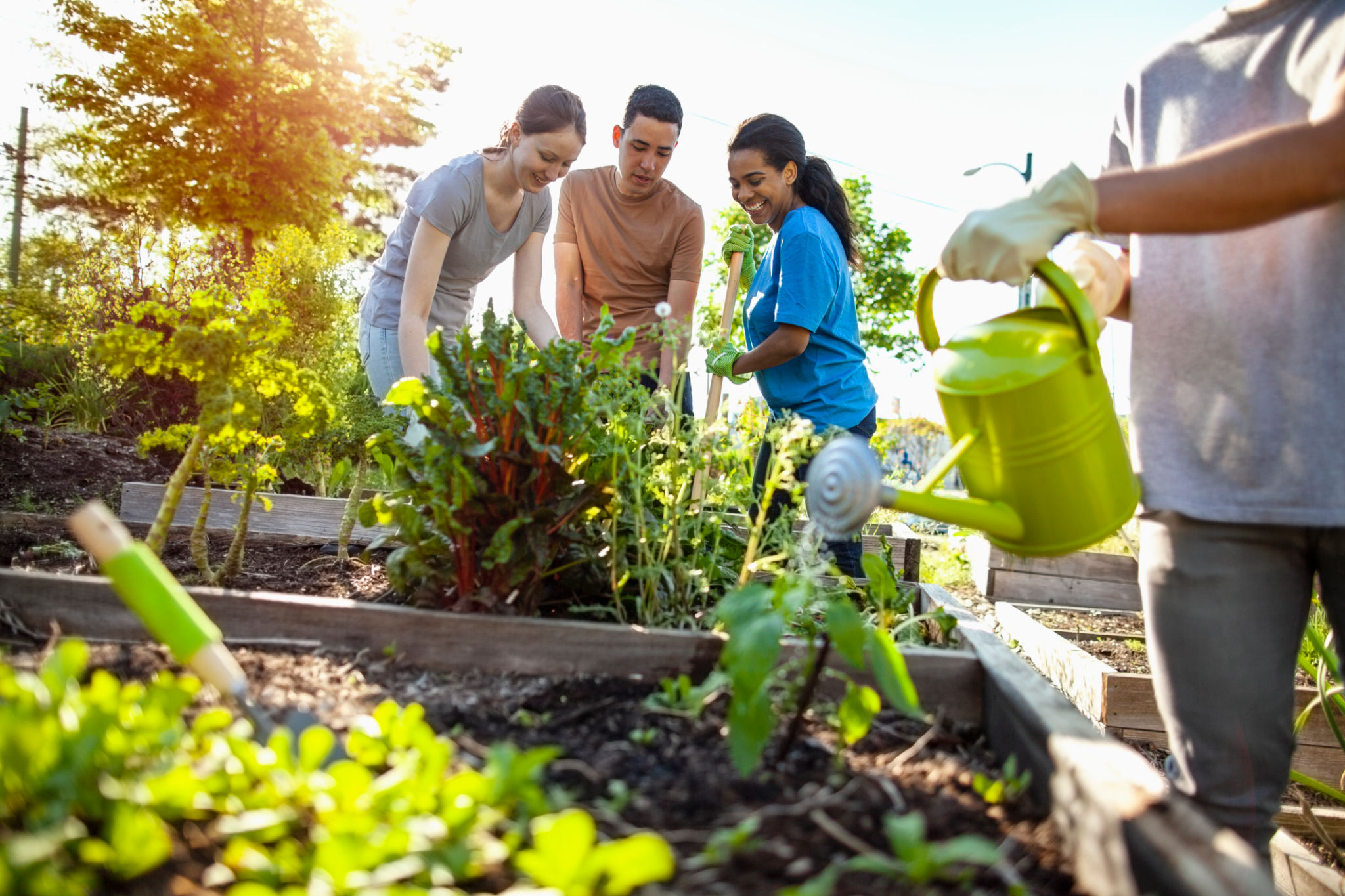Transform Your Garden into an Edible Oasis: A Guide to Food Forests
What is a Food Forest?
Imagine stepping into your garden and being surrounded by a lush, thriving ecosystem that not only looks beautiful but also provides you with a bounty of fresh fruits, vegetables, and herbs. This is the essence of a food forest—a self-sustaining, multi-layered garden designed to mimic a natural forest and produce edible plants.
A food forest typically consists of several layers, each serving a unique purpose. These layers include canopy trees, understory trees, shrubs, herbs, ground covers, vines, and root crops. Together, they create a harmonious environment where plants support one another, improving soil health and biodiversity.

Getting Started with Your Food Forest
Starting a food forest may seem daunting at first, but with the right planning and preparation, it can be an incredibly rewarding endeavor. The first step is to assess your space and climate conditions. Understanding your local environment will help you select the right plants that will thrive in your food forest.
Next, sketch out a design for your garden. Consider the sun exposure, water sources, and existing vegetation. Decide where each layer of your food forest will be placed and how they will interact with each other. This thoughtful planning will set the foundation for a successful garden.

Selecting Plants for Your Food Forest
Choosing the right plants is crucial for a thriving food forest. Opt for native species whenever possible, as they are best adapted to your local environment and require less maintenance. Additionally, consider companion planting—selecting plants that benefit each other when grown together.
For the canopy layer, fruit and nut trees like apple, pear, or hazelnut can provide shade and food. In the understory, consider smaller fruit trees or nitrogen-fixing plants like acacia. Shrubs such as blueberries or currants can fill the next level, while herbs like mint or oregano serve as ground cover.
Maintenance Tips for a Thriving Food Forest
Once your food forest is established, maintenance becomes relatively straightforward. The key is to let nature do most of the work while you provide occasional guidance. Regularly check on your plants to ensure they are healthy and address any pest issues promptly.
Pruning is essential to maintain plant health and encourage growth. Remove dead or diseased branches and allow sunlight to reach the lower layers of your garden. Mulching is another critical practice; it helps retain moisture, suppress weeds, and enrich the soil as it breaks down.

Reaping the Benefits of Your Edible Oasis
One of the most rewarding aspects of creating a food forest is harvesting the fruits of your labor. Not only will you enjoy fresh produce straight from your garden, but you'll also benefit from improved biodiversity and a more resilient ecosystem.
Beyond the tangible yields, a food forest offers numerous environmental benefits. It contributes to carbon sequestration, reduces soil erosion, and supports local wildlife habitats. By transforming your garden into an edible oasis, you are taking a step towards a more sustainable and self-sufficient lifestyle.
Sharing Your Food Forest Journey
As you embark on this journey of creating a food forest, consider sharing your experiences with others. Whether through community garden tours or online forums, your insights can inspire others to start their own edible landscapes.
Engaging with a community of like-minded individuals can provide valuable support and knowledge exchange. Together, you can learn new techniques, share plant cuttings, and celebrate each other's gardening successes.

The Future of Food Forests
The concept of food forests represents a shift towards more sustainable agricultural practices. As more people embrace this innovative approach to gardening, we move closer to creating resilient urban spaces that prioritize local food production and environmental stewardship.
By transforming your garden into an edible oasis, you are not only nourishing yourself but also contributing to a healthier planet. The journey may begin in your backyard, but its impact can extend far beyond.
